40 greatest inventions in human history (part 1)
In order to have more initiatives to contribute to changing the world, we also need to know what inventions have been found before, but in this day and age, they play a fundamental role for innovative innovations. breakthrough substance.
Below is a list of the 40 most important inventions in human history and if you find them missing, you can add them right below the comment section of the article.
1. Fire (400,000 BC): Knowing how to create fire is an early invention of the Stone Age, confirmed by some proof that fire appeared very early - hundreds of thousands of years ago. . Although it is not known at what time humans begin to know how to create fire, most studies claim that it may be about 200,000 to 600,000 years ago.
2. Language (100,000 BC): The language of correct meaning, phonetic was first used around 100,000 BC. The emergence of such a "standard" language makes it easier to transfer knowledge from one generation to the next and contribute to the spread of the innovation process.
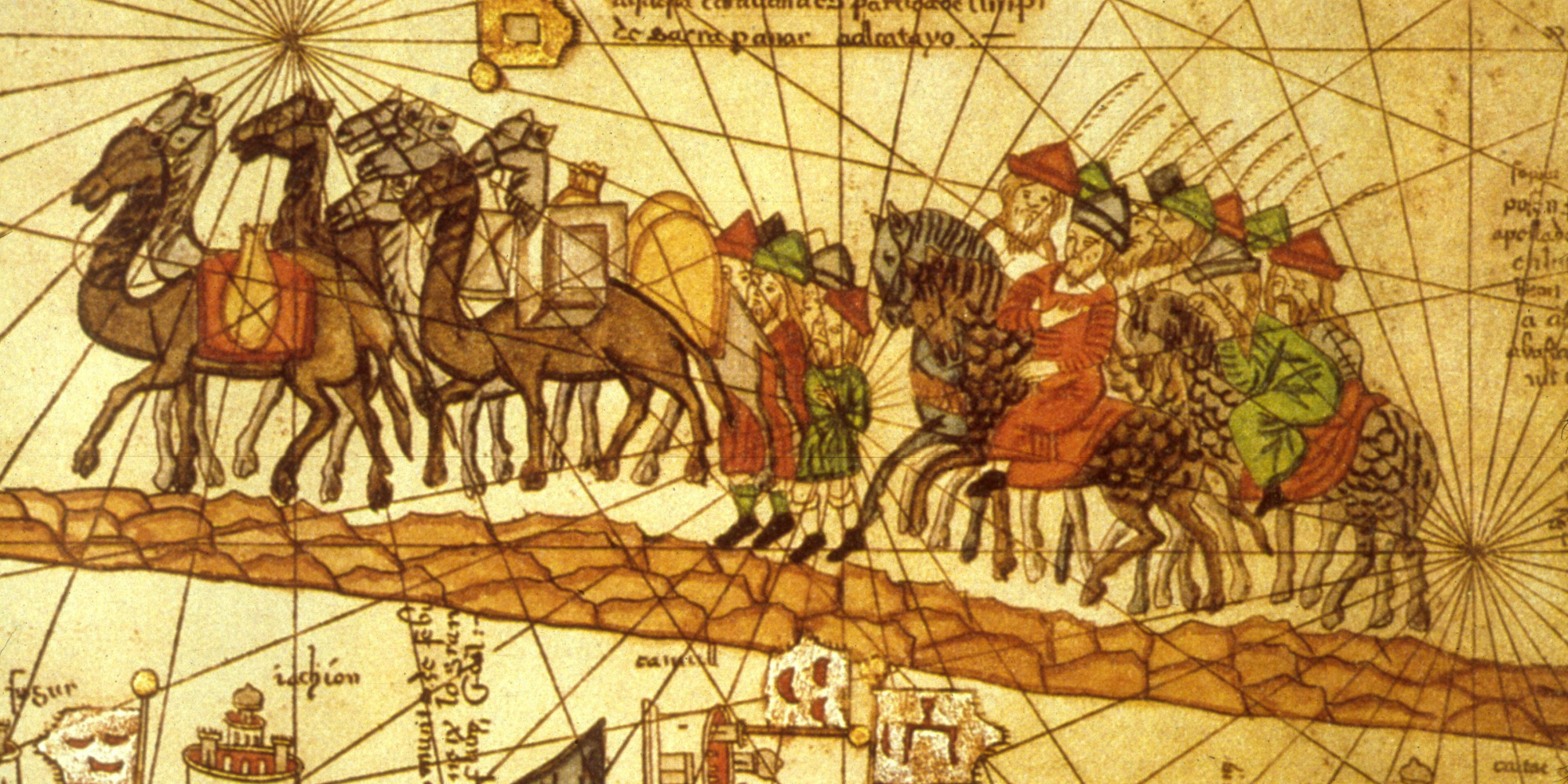 40 greatest inventions in human history (part 1) Picture 1
40 greatest inventions in human history (part 1) Picture 1
3. Trade and specialization (17,000 BC): In chapter 2 of The Rational Optimist, author Matt Ridley focuses on emphasizing the importance of specialization and trade. for human development. Matt gave an example of the first two people, Oz and Adam. Oz is very good at catching fish, and Adam is good at making sharp hooks. Because of this, Oz and Adam decided to exchange with each other to save time and increase work efficiency.
For the first time the man carried out that exchange activity in New Guinea around 17,000 BC. At this time, the locals will exchange obsidian stones - a type of stone formed from erupted lava of volcanoes, also known as stone bottles, often used to make hunting arrows. shoot - to get other essential goods. Around 3,000 BC, trade routes between Asia and the Middle East began to take shape, camels were tamed as transport and merchant groups also appeared. They buy goods, stockpiles and inventories and are considered the first entrepreneurs in the world. The objective of this class is to manage land and goods and capital so that the total value obtained is greater than the total value of the inputs.
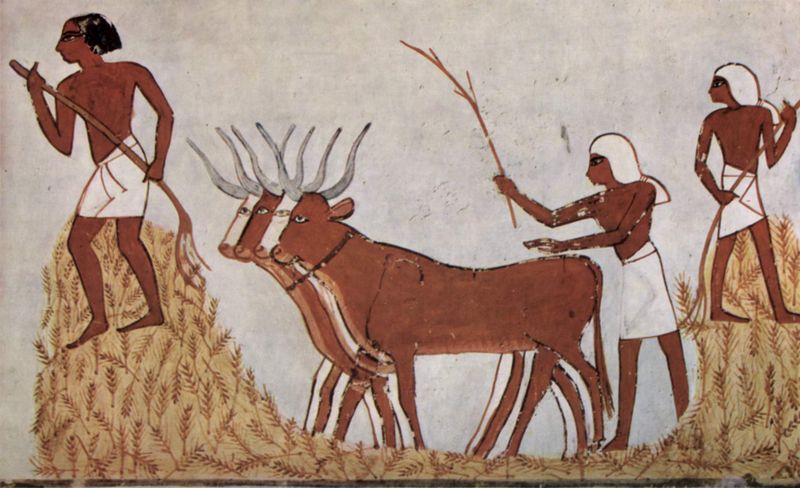 40 greatest inventions in human history (part 1) Picture 2
40 greatest inventions in human history (part 1) Picture 2
4. Agriculture (15,000 BC): About 15,000 BC (about 17,000 years ago), the domestication of animals began to take place and then, in 10,000 BC, purely plant activity was also uncle come to mind. This process plays a central role for human progress. Instead of being a nomad - having to constantly move around, finding new places to hunt and gather food, people were able to stop in one place, forming human and construction communities. City (the basis for civilizations) - set the stage for the development of human knowledge. Around 12,000 BC, the preservation of food was also adopted by Middle Eastern civilizations to extend the shelf life of food by exposing them to the sun. By such storage, food will not be damaged and can be stored for repeated use. People can also spend time and energy to do things other than simply farming, hunting, and collecting - creating a great progress in our ability to specialize and trade. trade. The increased specialization and trade will bring a significant increase in the variety of tools and create more food.
5. Ship (4,000 BC): About 4,000 BC, ancient Egyptians knew how to build wooden sailboats. Later, around 1200 BC, the Phoenician (ancient civilization located in the north of the ancient Cannanic region and the center along present-day Lebanese, Syrian and northern Israeli straits) and Greece began to do so. bigger boats. The invention of sailboats is a huge step forward for mankind because it is considered the first means of transportation that underpins commercial activity between different parts of the world.
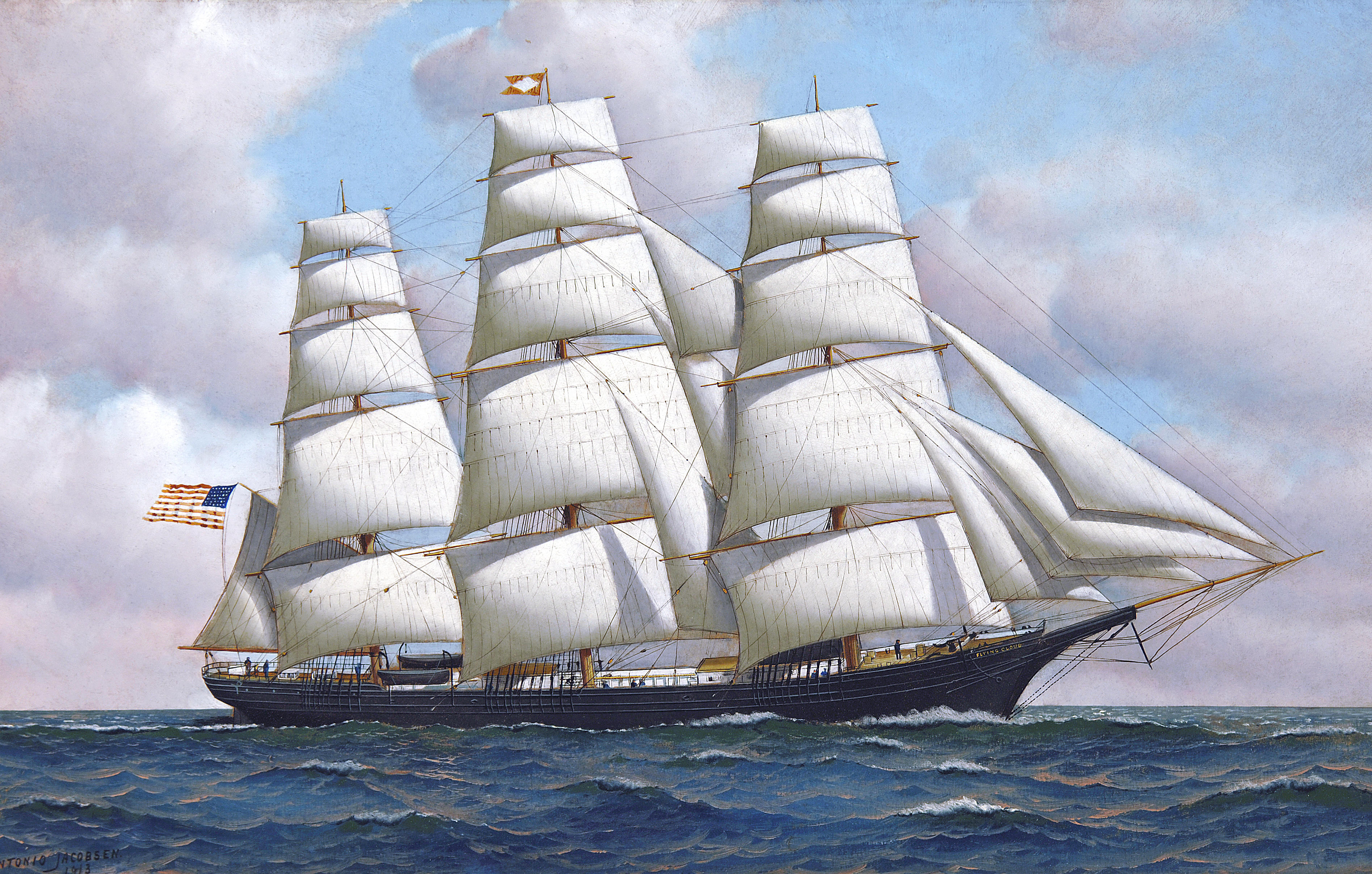 40 greatest inventions in human history (part 1) Picture 3
40 greatest inventions in human history (part 1) Picture 3
6. Wheel (3,400 BC): The next significant step in the history of world improvement is the birth of the wheel, thought by scientists to have originated between 3,300 and 3,500. BC Due to the difficulties in the process of using logs to transport heavy objects, people have come up with a solution to combine wheels with horizontal bars placed below the wheels to slide out.
7. Money (3,000 BC): Around 3,000 BC, the Sumerians (the first to settle in southern Mesopotamia and played an important role in the formation of Mesopotamia civilization) began to use Money (gold and silver ingots in all important transactions) includes trade and commodity exchange, replacing traditional countermeasures.
 40 greatest inventions in human history (part 1) Picture 4
40 greatest inventions in human history (part 1) Picture 4
8. Iron (3,000 BC): The metallurgy began to appear around 4,400 BC when civilizations used red and silver copper, then combined red and tin copper to create brass (material important for making tools and weapons - this is also called the Bronze Age. Scientists have also found some strong evidence that around 3,000 BC, people also found that iron and metal contributed to the history of humanity into a new era - era iron.
9. Writing language (299 BC): Although language began to be used about 10,000 years ago, however, the invention of writing language played a very important role. Because, its appearance is very significant in storing and calculating numbers. One of the earliest writing systems was the cuneiform word used by the Sumerians around the year 2,900 BC to document commercial letters, bills, laws, chants, prayers, stories. .
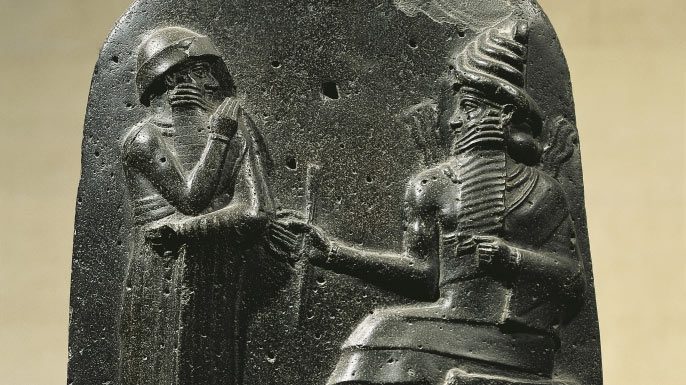 40 greatest inventions in human history (part 1) Picture 5
40 greatest inventions in human history (part 1) Picture 5
10. Legal system (1,780 BC): In 1,780 BC, Hammurabi - the 6th king of Babylon issued a complete set of laws that applied uniformly to the entire Mesopotamian region with its name - Hammurabi code. In the era at the time, the law in the Hammurabi law helped to balance and regulate society, playing a big role in maintaining the prosperity of the Babylonian empire. Egyptian Book of the Dead, The Ten Commandments, Twelve Tables of Rome, the Book of Leviticus are the first legal systems that allow society resolves disputes at lower costs and creates awareness about the meaning of standards. At the same time, they also contribute to amazing progress in controlling trade activities in a free environment and not limited by barriers.
11. Alphabet Alphabet (1,050 BC): The Phoenicians are recognized as the first to actually develop the alphabet alphabet (including vowels and consonants) - a set of representative symbols for sounds that can be combined to represent spoken language. Later, many modern alphabet systems were improved on the basis of this alphabet.
12. Steel (650 BCE): Steel is a compound - an alloy formed from the reaction between iron and carbon - also one of the hardest materials today. The earliest steel production process is known through an excavated ironware in West Asia dating to about 4,000 years old. The Spartans army also used extensive steel around 650 BC, followed by Chinese (400 BC) and Romans.
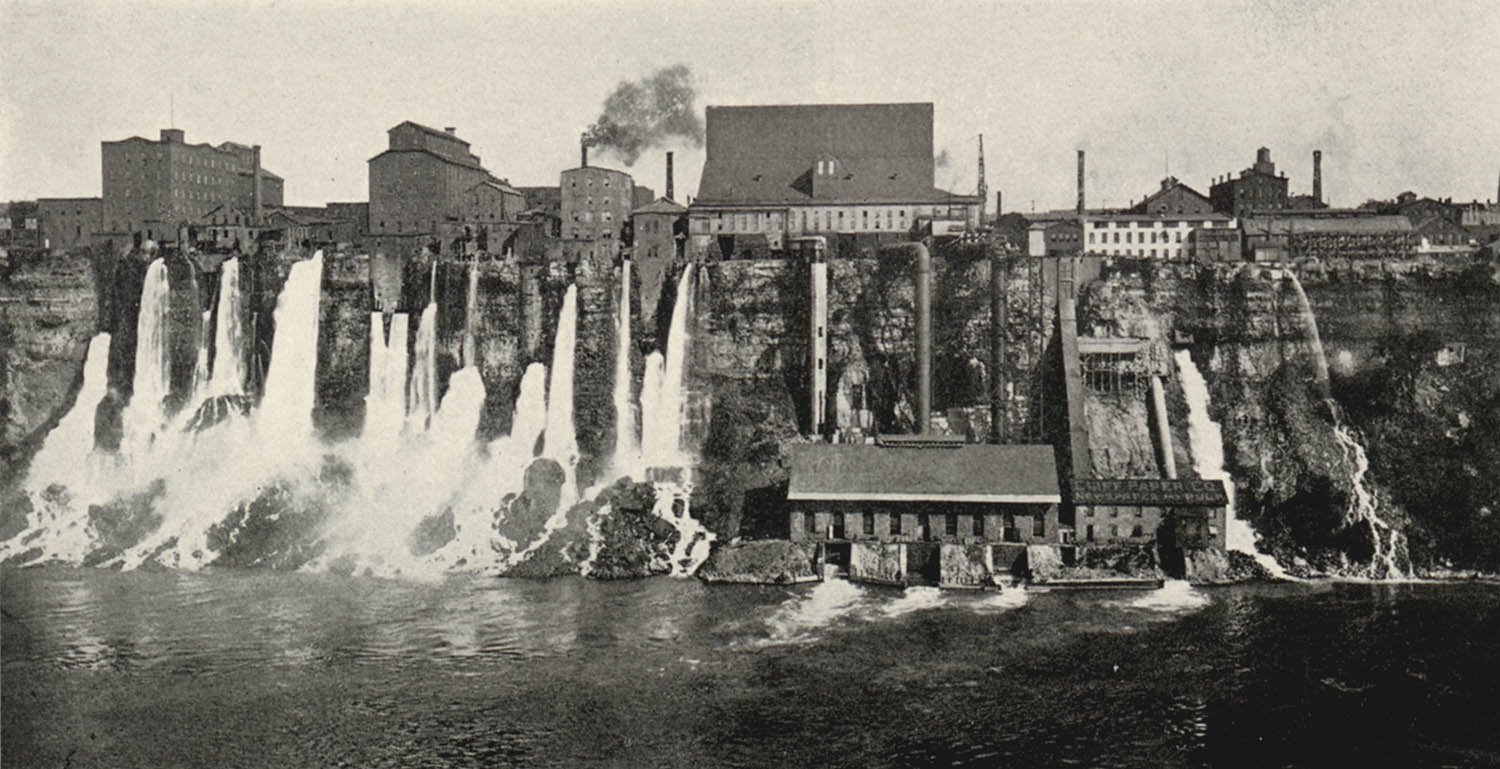 40 greatest inventions in human history (part 1) Picture 6
40 greatest inventions in human history (part 1) Picture 6
13. Hydraulics (200 BC): Hydraulics were first used by people in the Fertile Crescen area (an area stretching through Egypt, Israel, Turkey and Iraq) in 200 BC. They have applied the basic principles to create water power machines, sailboats, irrigation canals and water supply systems .
14. Paper (105): The first person to make paper is Mr. Sai Lun, Chinese. In 105, he devised a method of making paper from the inner strands of strawberry bark. The Chinese learned to crush the bark and water to separate the fibers, then poured the mixture into large trays on which small bamboo tubes were placed, when the water ran out, people carried thin sheets of paper. Go dry on a flat surface. Later on to improve the quality of paper, someone thought of a way to add starch.
15. Movable Type (1040): Movable Type is a very unique typesetting system that Chinese people claim to be the first to come up with this technology. People type (type) the letters into the device and then print the paper out (move) pages. This method broke the mainstream distribution of information at that time: the missionaries hand-wrote the information or carved it on the wood and printed it out. In 1455, Gutenberg used Movable Type with his wealthy compatriot Johannes Fust. However, the cost of maintenance was out of control and Gutenberg was soon insolvent.
 40 greatest inventions in human history (part 1) Picture 7
40 greatest inventions in human history (part 1) Picture 7
16. Microscope (1592): The microscope is a very great invention of mankind, creating a premise for impressive breakthroughs in the perception of nanotechnology and a deeper understanding of the structure of molecule. Three glassmakers, Hans Lippershey (who developed earlier telescopes), Zacharias Janssen, along with their father Hans Janssen, were the first to build early microscopes. In 1625, Giovanni Faber built a complete microscope named Galileo Galilei.
17. Electricity (1600): In 600 BC in Greece, the famous mathematician Thalès de Milet undertook to investigate all things and phenomena around him, realizing that when rubbing the amber piece, this piece would suck. wooden chips. Through the 22nd century to 1600, Sir William Gilbert was the first to study electricity and magnetism. Gilbert recalled the comments of Thalès before. Do you wonder if other substances with amber materials are strong when rubbing, sucking light objects like amber? Gilbert experimented with many materials and found sulfur, glass and si with similar properties. He named this mysterious attraction as electricity (électricité), derived from the Greek word Elektra as amber.
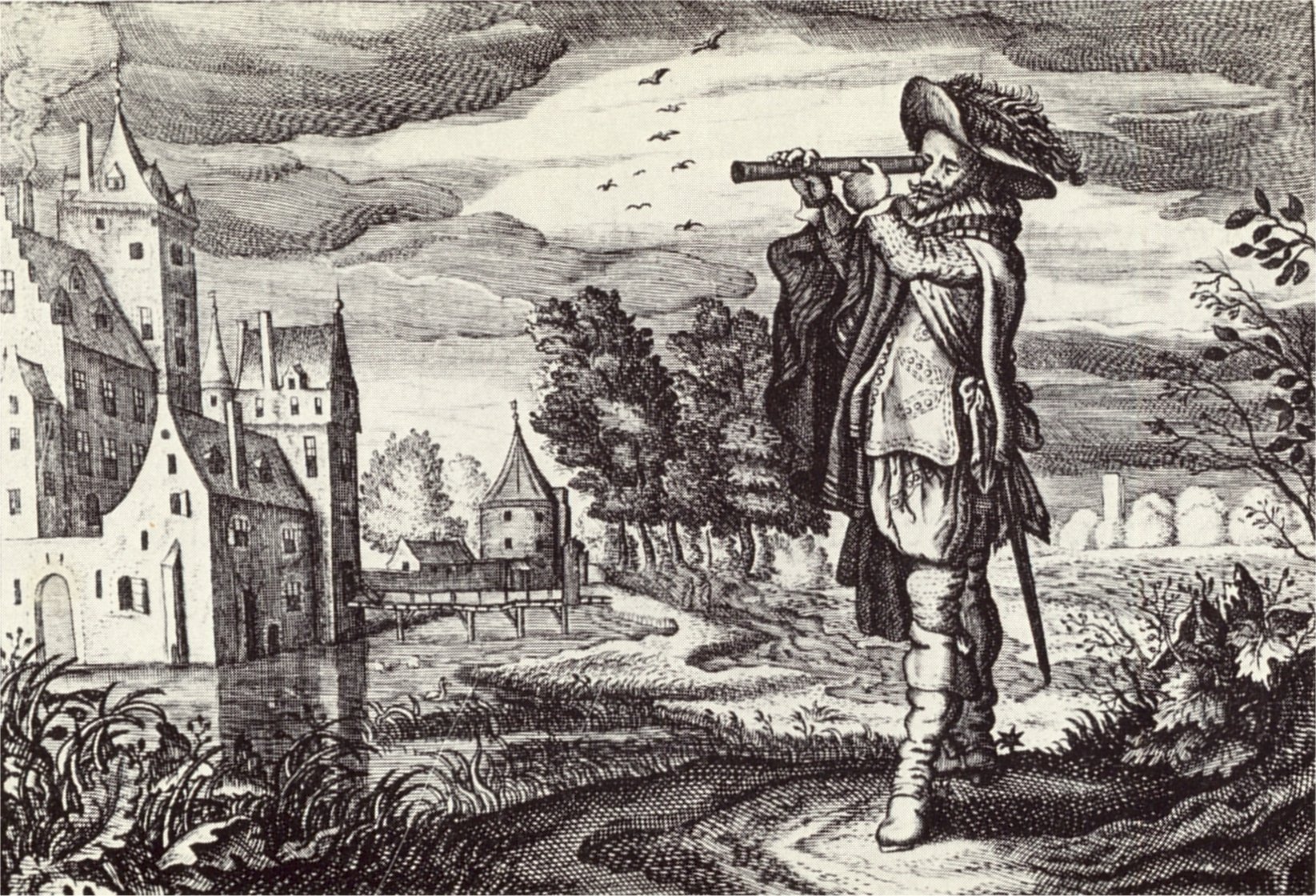 40 greatest inventions in human history (part 1) Picture 8
40 greatest inventions in human history (part 1) Picture 8
18. Telescope (1608): 400 years ago (1608 - 2008), Hans Lippershey, a Dutch eyewear maker accidentally discovered the magnification principle when combining lenses, he made The lens looks far away from the precursor to the optical telescope. This is an important milestone in the history of astronomy because only one year later (1609), the great scientist Galant used the first telescope of humanity to observe celestial bodies, creating a turning point of humanity about the worldview.
19. Engine (1712): Thomas Newcomen (1663 -1729) a blacksmith in Darthmouth, England built the first steam engine. Thomas Newcomen's invention began with the desire to pump water out of coal mines at that time as the deeper it dug deep into the ground, the more water flowed into the mines. By 1764, James Watt (1736 - 1819) a mechanic in Glasgow was asked to modify a model (which was the first steam engine of Newcomen) to improve the engines. Steam has a higher capacity, is more efficient, easier to transport than anything that has ever been before.
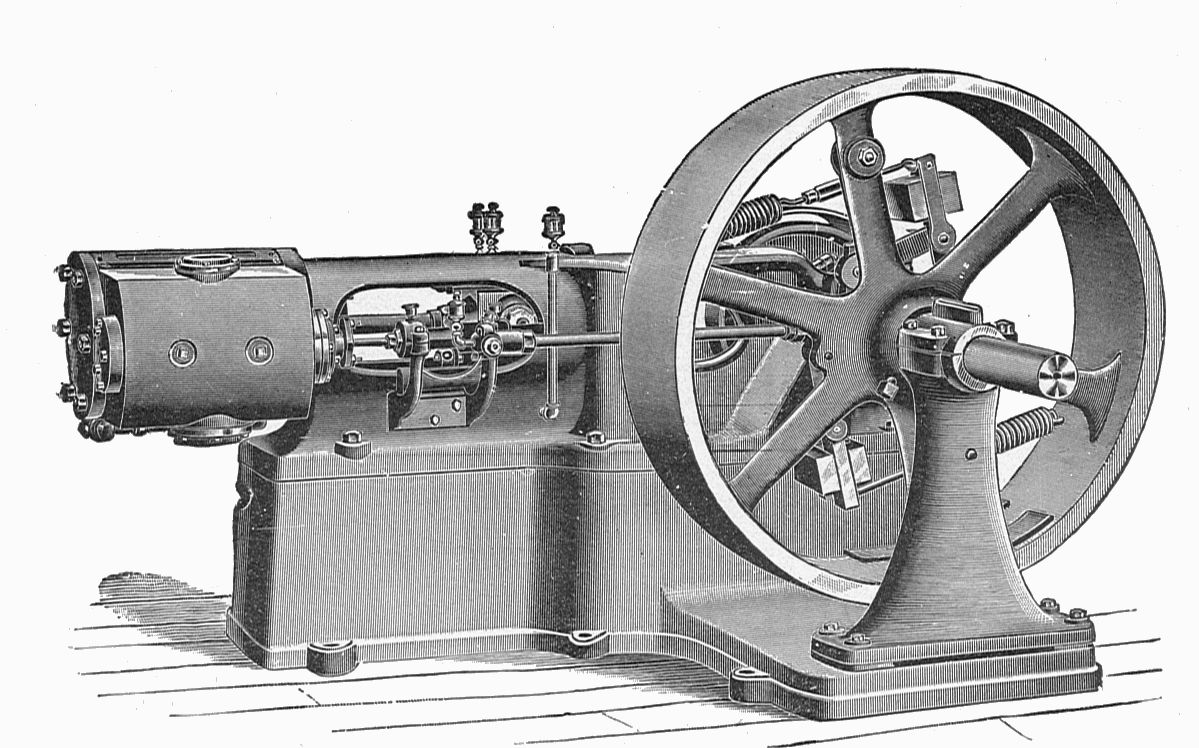 40 greatest inventions in human history (part 1) Picture 9
40 greatest inventions in human history (part 1) Picture 9
20. Electric light (1802): The 1802 experiment of British scientist Humphry Davy could be considered the beginning of later inventions on incandescent light bulbs. Davy gives an electric current that runs through a very thin Platin (Pt) fiber, Platinum fiber becomes very hot and glows. Although the platinum fiber produced quite weak light and did not last long, Davy's experiment created a premise, inspired by many inventors to continue to study and develop this idea such as Thomas Edison or Friedrich Just. and Franjo Hanaman.
(Continue)
You should read it
- 40 greatest inventions in human history (part 2)
- Women have never been inferior to men, these are 4 great inventions that change the world
- Life will become simple if you know about these initiatives
- 24 funny inventions are extremely creative in life
- 28 great inventions need to be replicated everywhere
- The top 10 'inventive' scientific inventions that are great
- 20 creative inventions are extremely useful in everyday life
- 15 useful inventions to make things easier
- 15 best inventions of 2016 (part 2)
- Great 'lost' inventions can change the world
- The list of 21 strange inventions that you don't believe exists in life
- NASA's top secret inventions have just been revealed
May be interested

The spices are effective in making medicine in Tet trays

Listen to virtual assistant Alexa pronouncing the name of Europe's longest town

3 types of friends you should have in your life

Top 27 cities with the best quality of life in the world

See spectacular table tennis balls that open both the bottle of soft drinks

Close-up of the 'extreme' deep dental welding process of the Brazilian dentist






 40 greatest inventions in human history (part 2)
40 greatest inventions in human history (part 2) Take a look at the life of Nikola Tesla one of the most prominent inventors in human history
Take a look at the life of Nikola Tesla one of the most prominent inventors in human history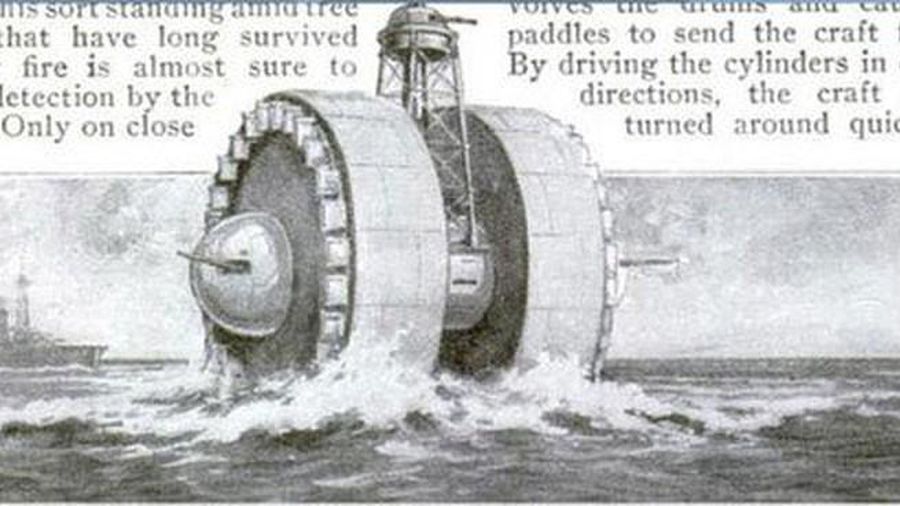 Discover the strange inventions of the last century
Discover the strange inventions of the last century Interesting mysteries about currency in human history
Interesting mysteries about currency in human history The 10 greatest machines in human history
The 10 greatest machines in human history Top 10 geniuses with the greatest scientific invention in history
Top 10 geniuses with the greatest scientific invention in history